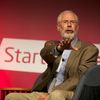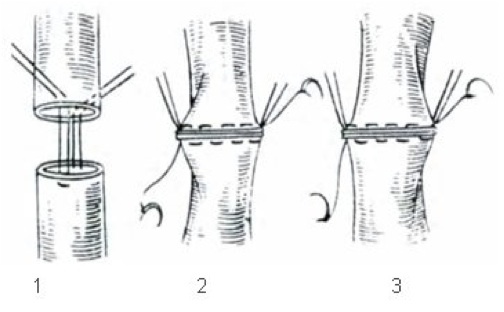A team of 110 researchers and clinicians, in therapeutics, diagnostics, devices and digital health in 25 teams at UCSF has just shown us the future of translational medicine. It's Lean, it's fast, it works and it's unlike anything else ever done.
It's going to get research from the lab to the bedside cheaper and faster.
Welcome to the Lean LaunchPad for Life Sciences and Healthcare (part of the National Science Foundation I-Corps).
This post is part of our series on the Lean Startup in Life Science and Health Care.
Part 1: issues in the therapeutics drug discovery pipeline
Part 2: medical devices and digital health
Part 3: described what we're going to do about it
Part 4: This Will Save us Years - Customer Discovery in Medical Devices
Part 5: Value proposition and customer segments in Life Sciences
Part 6: Distribution channels in Life Sciences
Part 7: Revenue Streams in Life Sciences
Part 8: When Customers Make You Smarter - Customer Discovery in Digital Health
-----
Our class talked to 2,355 customers, tested 947 hypotheses and invalidated 423 of them. They had 1,145 engagements with instructors and mentors. (We kept track of all this data by instrumenting the teams with LaunchPad Central software.)
In a packed auditorium in Genentech Hall at UCSF, the teams summarized what they learned after 10 weeks of getting out of the building. This was our version of Demo Day - we call it "Lessons Learned" Day. Each team make two presentations:
- 2 minutes YouTube Video: General story of what they learned from the class
- 8 minute Lessons Learned Presentation: Very specific story about what they learned in 10 weeks about their business model
- Each team closed with where they thought they were on the Investment Readiness Level scale
- The instructors (all venture capitalists) then followed with their assessment of the teams Investment Readiness Level
In the next few posts I'm going to share a few of the final "Lessons Learned" presentations and videos and then summarize lessons learned from the teaching team.
Magnamosis
Magnamosis is a medical device company that has a new way to create a magnetic compression anastomosis (a surgical connection between two tubular structures like the bowel) with improved outcomes.
Team Members were: Michael Harrison (the father of fetal surgery), Michael Danty, Dillon Kwiat, Elisabeth Leeflang, Matt Clark. Jay Watkins was the team mentor.
Their initial idea was that making an anastomosis that's better, faster and cheaper will have surgeons fighting to the death to get a hold of their device.
They quickly found out that wasn't the case. Leak rates turned out to a bigger issue with surgeons and a much larger market.
Here's their 2-minute video summary.
Click here if you can't see the video.
Look at their Lesson Learned slides below and see how a team of doctors learned about product/market fit, channels and pricing. (Don't miss the evolution of their business model in the Appendix.)
If you can't see the presentation above, click here.
The best summary of why Scientists, Engineers and Principal Investigators need to get out of the building was summarized by Dr. Harrison below. After working on his product for a decade listen to how 10 weeks of the Lean LaunchPad class radically changed his value proposition and business model.
To see the video, click here.
- Magnamosis IV: magnetic compression anastomosis for minimally invasive colorectal surgery
- Magnamosis III: delivery of a magnetic compression anastomosis device using minimally invasive endoscopic techniques
- Magnamosis II: Magnetic compression anastomosis for minimally invasive gastrojejunostomy and jejunojejunostomy
- Magnamosis: magnetic compression anastomosis with comparison to suture and staple techniques
- Gastro.org 2013 Education Meeting
Steve Blank's blog: www.steveblank.com


